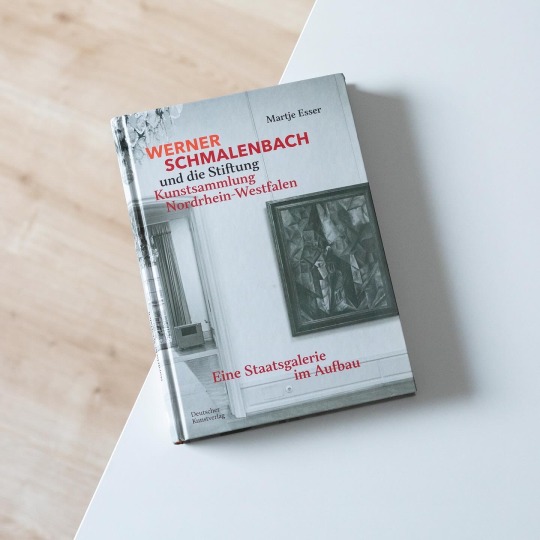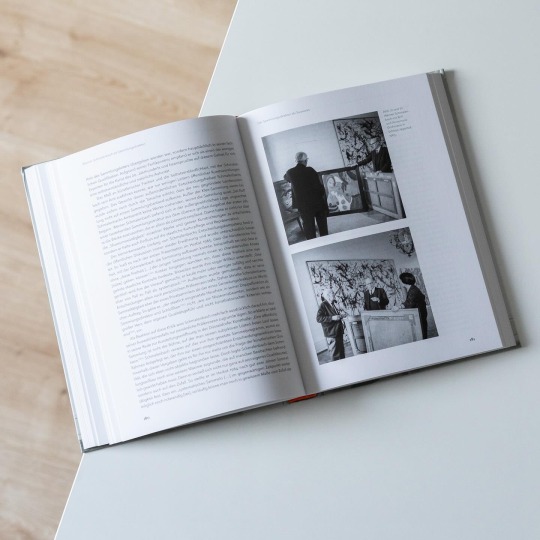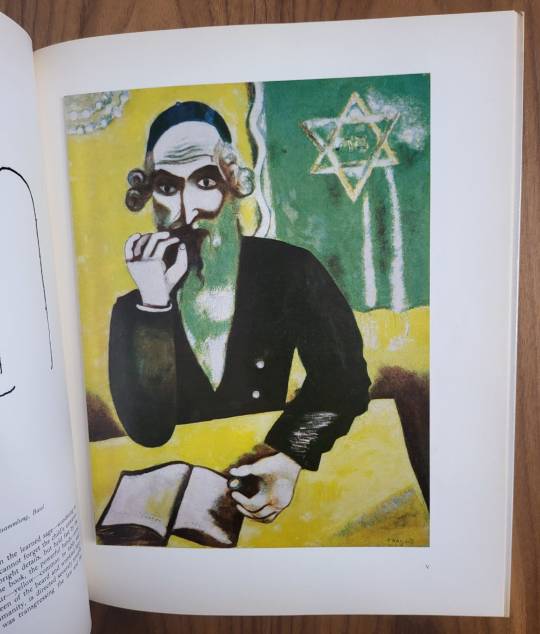#werner schmalenbach
Text


Among the many prestigious German state art collections the Kunstsammlung Nordrhein-Westfalen in Düsseldorf certainly is the most junior: formally established in 1961 it nonetheless looks back at an eventful history that started with a bang. In 1960 Minister President Franz Meyers bought the 88 piece Paul Klee collection of American collector G. David Thompson as a sign of compensation for the Nazi years and the outlawry of Klee’s art during these years. This collection in 1961 became the core of the then established state art collection of which Werner Schmalenbach became director a year later. The collection’s legal form progressively was that of a foundation under civil law, a construction that withdrew it from a direct influence through the state government and which assigned a great degree of autonomy to its director. In 2021 Deutscher Kunstverlag published Martje Esser’s dissertation „Werner Schmalenbach und die Stiftung Kunstsammlung Nordrhein-Westfalen - Eine Staatsgalerie im Aufbau“ which provides a detailed account of both the genesis and development of the art collection and the role Schmalebach played for it. Although the latter had initially proposed to model the collection after the MoMA and add contemporary art to the collection as well Schmalenbach ended up collecting primarily modernist classics of highest profile. As Martje Esser shows Schmalenbach followed a somewhat conservative policy that didn’t include taking risks by adding contemporary artists to the collection that might later prove irrelevant. This general skepticism regarding contemporary art also led to a fallout with the documenta board from which he withdrew in 1967. This notwithstanding Schmalenbach until his retirement in 1990 assembled a significant collection of modern art that includes Mondrian, Pollock, Léger and Picasso.
Martje Esser’s book is a wonderful read that convincingly amalgamates a collection history, the biography of its founding director and the tumultuous politics surrounding it in a complex but at any time highly readable narrative that ultimately also is a art-political portrait of West-Germany.
#werner schmalenbach#art book#art history#collection history#museum history#deutscher kunstverlag#book#modern art
10 notes
·
View notes
Text

Marc Chagall
from:
Chagall by Werner Schmalenbach. Published by Crown Publishers, New York, 1956.
4 notes
·
View notes
Photo

Herman Schmalenbach - był niemieckim filozofem, który udoskonalił koncepcje Gemeinschaft i Bund. Urodził się 15 listopada 1885 r. w Breckerfeld w Niemczech, a jego bratem był Eugen Schmalenbach. Studiował w Jenie, Berlinie i Monachium, a doktorat uzyskał w 1910 r. w Jenie. W latach 1916-1917 uczył w szkole reformacyjnej w Ilbeshausen-Hochwaldhausen. W Göttingen od 1920 do 1923 był profesorem nadzwyczajnym. Uczył także w 1928 roku na Uniwersytecie w Hanowerze. Od 1931 roku założył na Uniwersytecie w Bazylei, założył i pracował tam do śmierci 3 listopada 1950 roku w Bazylei w Szwajcarii.
Jego syn był historykiem sztuki Werner Schmalenbach (1920-2010).
0 notes